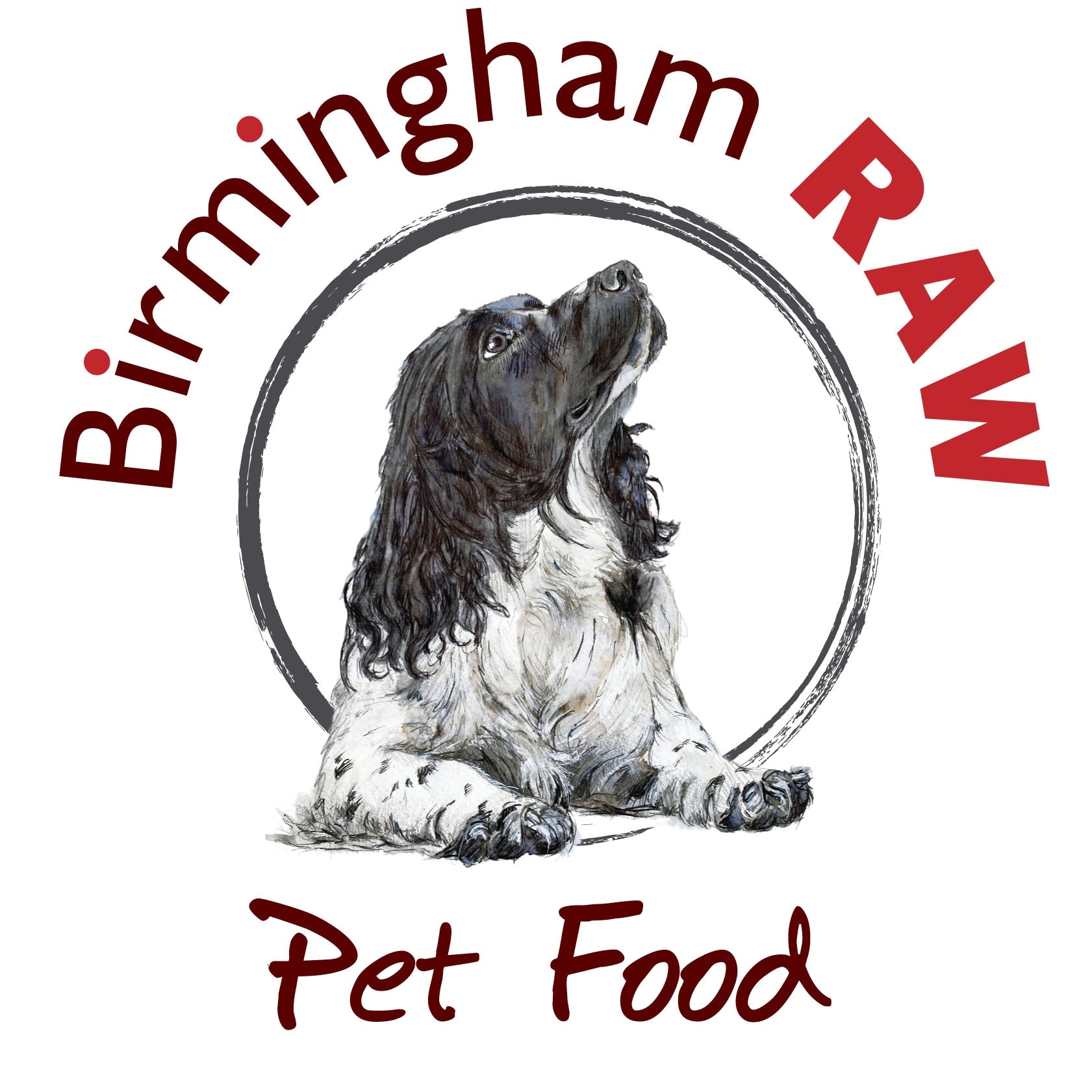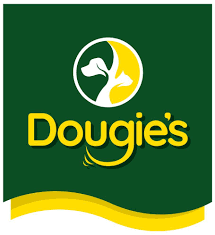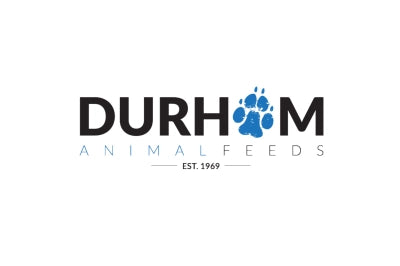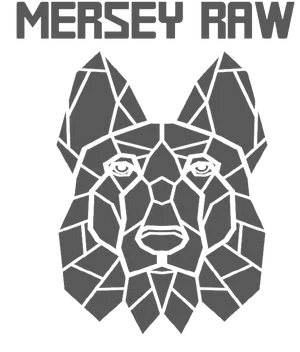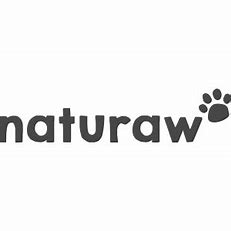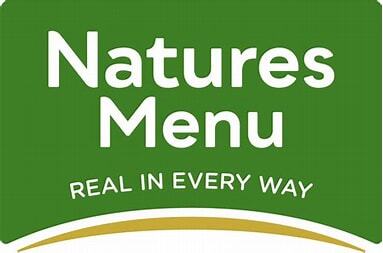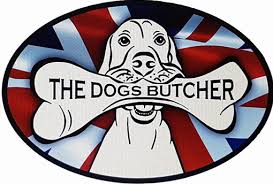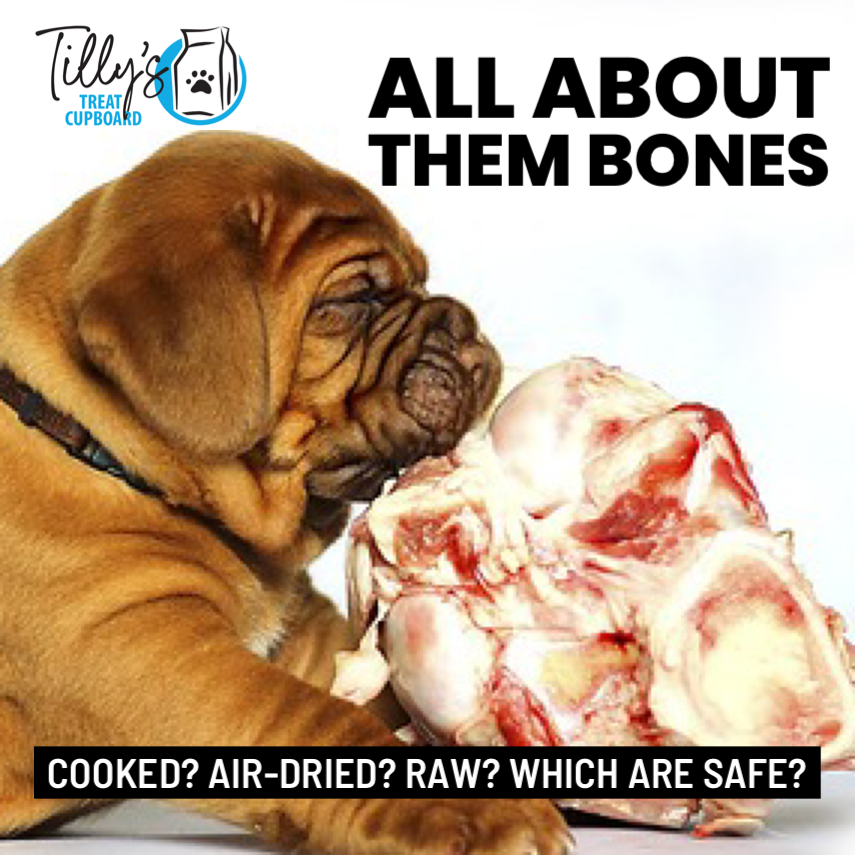
All About Them Bones
Cooked? Air-Dried? Raw? Which bones are safe?
Cooked Bones
You go to the pet shop and ask someone for advice on which is the longest lasting treat for your dog.
The pet shop assistant advises a roasted bone. "These will keep your dog quiet", they say.
But you've heard never to give your dog cooked bones. You reason with yourself that if a pet shop sells them they must be safe.
Wrong! Cooked bones are NEVER safe.
Cooked bones become brittle when they're subjected to heating processes. This means they are very likely to splinter with large shards coming off. If these are ingested, they have a high potential of causing damage as they pass through the body.
Cooking also creates a Maillard Reaction which makes them much harder to digest so a much greater risk of causing blockages.

The FDA report that problems reported to them by owners and veterinarians in dogs that have eaten bone treats have included:
* Gastrointestinal obstruction (blockage in the digestive tract)
* Choking
* Cuts and wounds in the mouth or on the tonsils
* Vomiting
* Diarrhoea
* Bleeding from the rectum, and/or
* Death
Note the use of the word 'treats' and not those accidentally stolen cooked bone. Actual treats designed for dogs!
There are a variety of commercially-available ham bones, femur bones, knuckle bones, etc. ALL ARE DANGEROUS.
Not only are these products dried through baking but they may contain other ingredients such as preservatives, seasonings, and smoke flavourings. Smoke flavourings are a known carcinogenic.
Air-Dried / Dehydrated
If cooked/roasted bones are a no-no, are air-dried and dehydrated bones any better?
Dehydrated and air-dried bones are still processed. They are still ‘cooked’ to some degree.
We once stocked air-dried ostrich wings. We soon took them off our shelves and threw them in the bin! These were air-dried, and because ostrich bones are relatively safe (we discuss these later on), we assumed these would be too. We were wrong! As soon as dogs crunched them (even dogs with a softer bite) they shattered! Definitely a cause for concern with how sharp the pieces were! We will never stock them again.
If a retailer tells you that air-dried or dehydrated bones have no risk of splintering, it's time to find another shop!
A popular air-dried treat is a leg bone from a cow or deer. Leg bones are weight bearing bones such as cow and deer legs are a risk no matter what the cooking process, if they aren’t raw they have a higher chance of splintering even if processed at lower temperatures. However, there is another problem with weight-bearing bones.
Weight bearing bones are hard. Incredibly hard. They take the weight of the animal (and cows and deer have a lot of weight!). Some raw food manufactures don’t even process weight bearing bones with machinery as they break the machines! Yes they’re that hard! Now imagine the effect on your dog’s teeth when they go to bite it!
Hollow marrow bones are usually from a cow femur. So again weight bearing. Not only do these bring the risk of breaking teeth, they are dangerous in another way. Many dogs have got their lower jaw stuck inside them.

Raw Bones
Ok so what about raw bones?
Raw bones are less likely to splinter and much easier for a dog to digest.
Caution should be used with the size of bone to prevent choking.
Weight bearing bones (knuckles and marrow bones) still provide a risk to teeth. You may have heard the terms edible and recreational bones. Weight bearing bones are recreational, they are not intended to be eaten. If they are meaty, it is good for dogs teeth to pick the meat off but once all the meat has gone, they shouldn’t be left to eat the bone. They are however, brilliant for making bone broth!
Edible raw bones, e.g. necks, feet, ribs, are all fantastic choices for dogs. They are soft (so not teeth breaking) and easy to digest (so less change of blockages) Just select the appropriate size for your dog and NEVER leave them alone with a bone (or any treat!). Also don't over feed or you'll end up with a dog that's constipated.
But you stock some bones!
Yes we do.
We stock plenty of raw bones and we can advise you on the best ones for your dog.
We also stock some dehydrated bones We stock feet and necks that have bone.
We also stock ostrich bones.
The bones in feet and necks tend to be that small they crumble rather than splinter.
Ostrich leg bones have a honey comb texture. This makes them less likely to splinter into sharp pieces.
We also stock goat and lamb trotters. These are a softer bone but the process of drying them can still make them splinter. We advise caution with these especially if your dog has a really strong bite.
In summary
No bones are risk free but cooked bones are by far the most dangerous. They are more likely to splinter, harder to digest and cause blockages and internal injuries.
Air-dried and dehydrated bones are still processed so still provide the same risk as cooked bones.
Weight-bearing bones commonly break teeth due to their density regardless of cooking process or fed raw.
The only bones we stock are the ones we perceive as the most safe.
Please note, what is suitable for one dog may not be suitable for another. It depends on eating style, power of their jaw, shape of their heads, etc.
Tilly's promises that we will never stock cooked bones!
- Choosing a selection results in a full page refresh.



